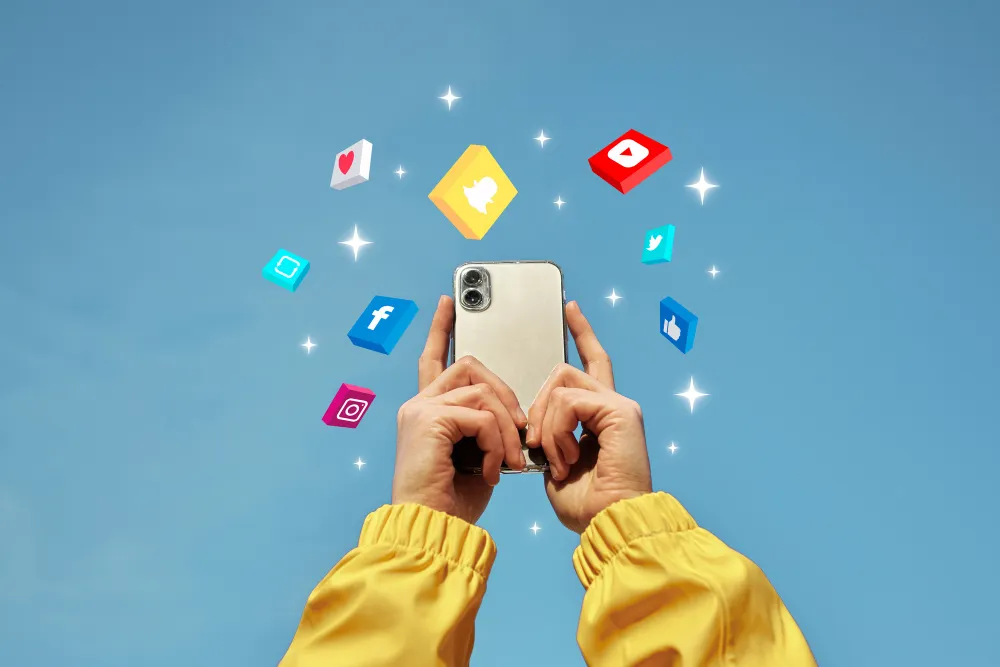In today’s digital marketing landscape, businesses are constantly seeking innovative strategies to reach their target audience and drive impactful results. Two powerful strategies that have gained significant traction are native advertising and influencer marketing. In this blog post, we will explore the potential of combining these two approaches to maximize the impact of your marketing campaigns.
Understanding Native Advertising
Native advertising is a form of paid advertising that seamlessly blends with the surrounding content, providing a non-disruptive and engaging experience for users. Unlike traditional display ads, native ads are designed to match the look, feel, and context of the platform on which they appear.
Native advertising offers several benefits, including:
Enhanced User Experience
By blending in with the organic content, native ads are less intrusive and provide a more enjoyable user experience, leading to higher engagement and click-through rates.
Increased Relevance
Native ads can be tailored to fit the specific interests and preferences of the target audience, making them more relevant and compelling.
Improved Brand Perception
When executed well, native ads can enhance brand perception by providing valuable and informative content, positioning the brand as a trusted resource.
To effectively incorporate native advertising into your marketing strategy, consider leveraging visual elements, storytelling techniques, and personalized messaging to create a seamless and immersive experience for your audience.
Successful Native Advertising Campaigns
Airbnb x New York Times
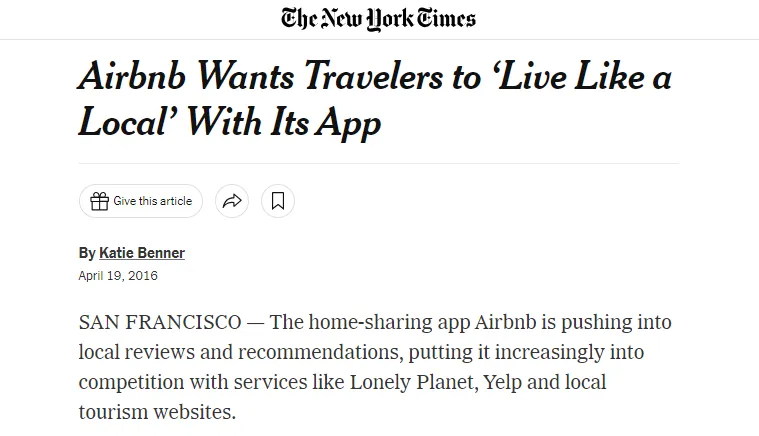

Airbnb collaborated with The New York Times to create a native advertising campaign called “Not a Tourist,” where Airbnb hosts shared their favorite local spots in different cities. The content seamlessly blended with the editorial style of The New York Times, providing valuable travel tips while subtly promoting Airbnb accommodations.
Coca-Cola x BuzzFeed
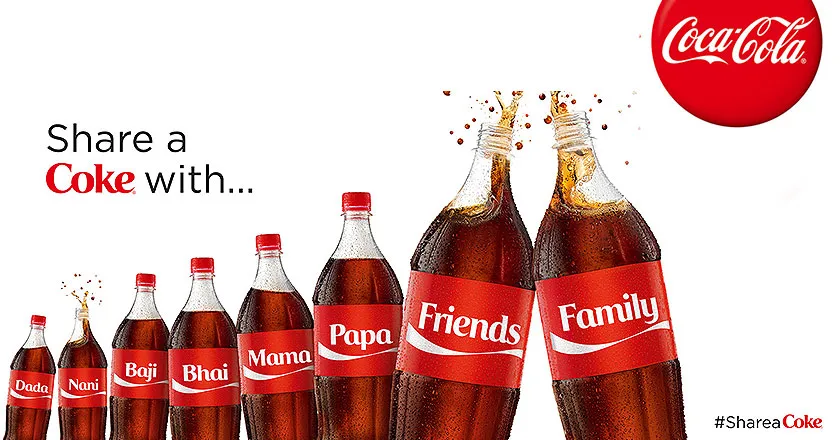

Coca-Cola partnered with BuzzFeed to create a native advertising campaign called “Share a Coke.” BuzzFeed created custom content, including quizzes, listicles, and videos, centered around the personalized Coca-Cola bottles. The campaign leveraged BuzzFeed’s engaging and shareable content format to promote Coca-Cola’s branding and encourage user-generated content.
Nike x Instagram
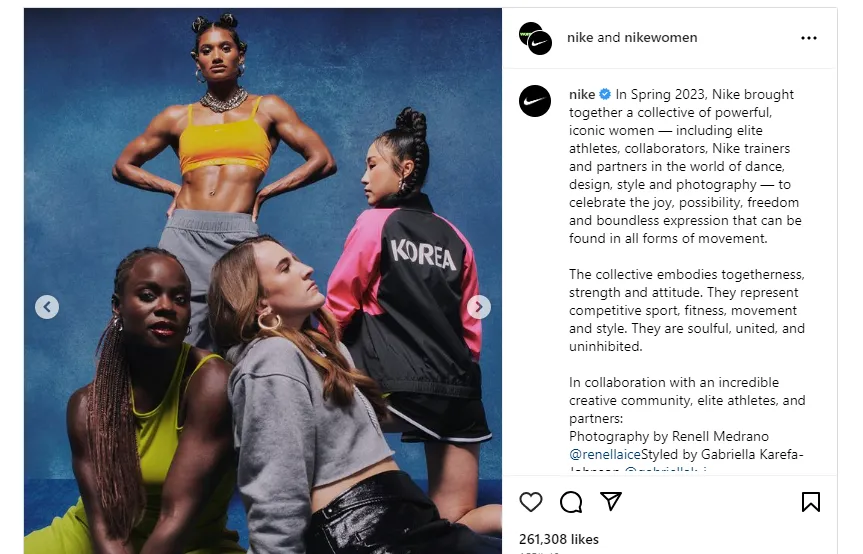

Nike teamed up with Instagram to launch a native advertising campaign called “Nike Women.” They collaborated with popular Instagram fitness influencers to share their workout routines and motivational stories using the hashtag #JustDoIt. The campaign seamlessly integrated within Instagram’s visual and storytelling format, reaching a wide audience of fitness enthusiasts.
BMW x The Verge
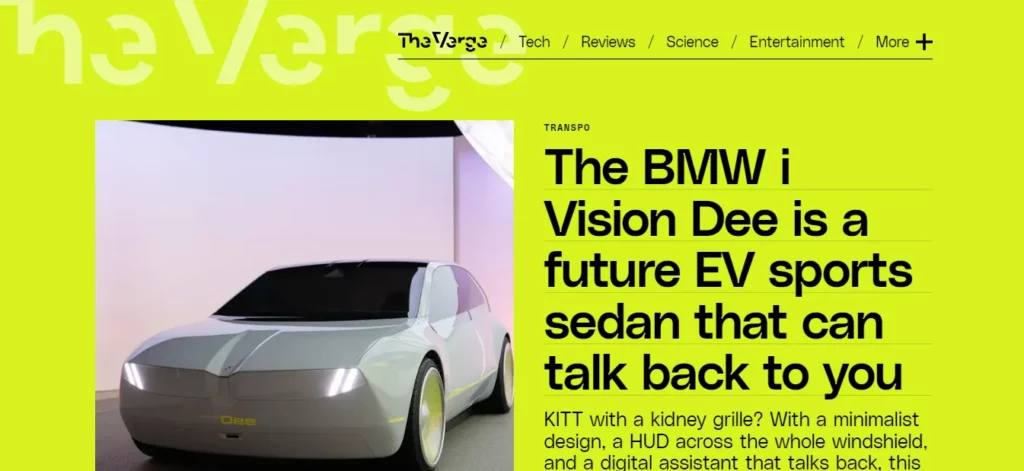

BMW partnered with technology publication The Verge to create a native advertising campaign called “The Future of Mobility.” The Verge produced articles and videos that explored the latest innovations in the automotive industry, including electric vehicles and autonomous driving. The content provided valuable insights to readers while promoting BMW’s vision for the future.
Dove x Refinery29


Dove collaborated with lifestyle and fashion platform Refinery29 to launch the “My Beauty, My Say” campaign. The campaign featured empowering stories of women who challenged societal beauty standards. Refinery29 created native content, including articles, interviews, and videos, to spark conversations around self-acceptance and body positivity, aligning with Dove’s brand values.
The Power of Influencer Marketing
Influencer marketing has emerged as a powerful strategy to connect with target audiences through trusted individuals who have a strong social following and influence. By partnering with influencers, brands can tap into their authenticity and credibility to effectively promote products or services.
The benefits of influencer marketing include:
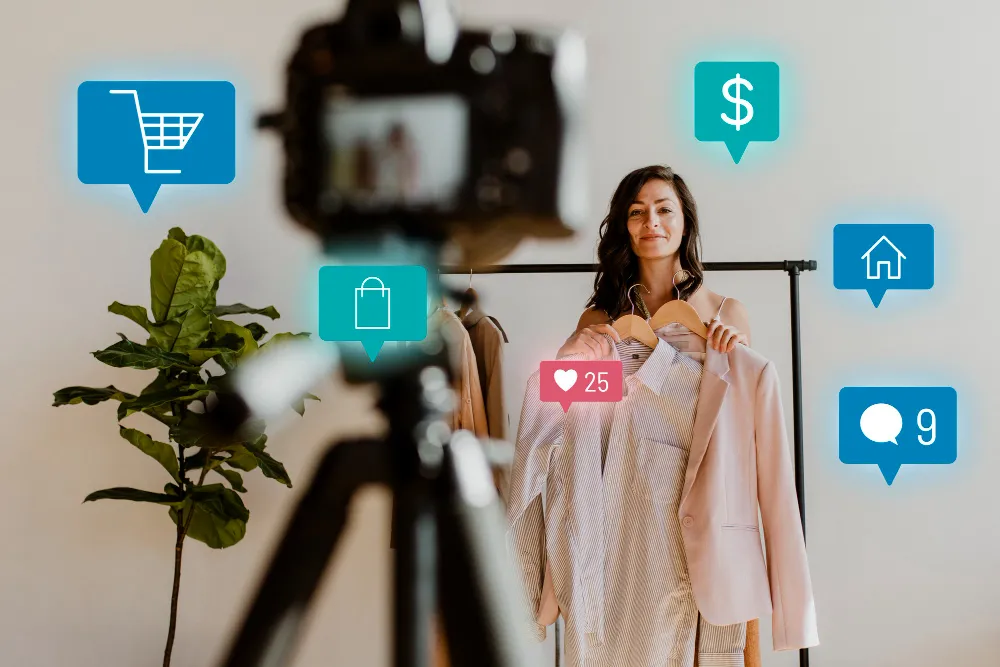

Authenticity and Trust
Influencers have built a loyal following based on trust and genuine connections. When they endorse a brand or product, their audience is more likely to perceive it as a personal recommendation rather than a traditional advertisement.
Targeted Reach
Influencers have a niche audience that aligns with specific demographics or interests. By collaborating with the right influencers, brands can precisely target their ideal customer segments and maximize the impact of their campaigns.
Engaging Content
Influencers are skilled content creators, producing high-quality and engaging content across various platforms. Their creativity and unique perspective can help brands capture the attention of their target audience.
Examples:
Wendy’s x Twitter Influencers
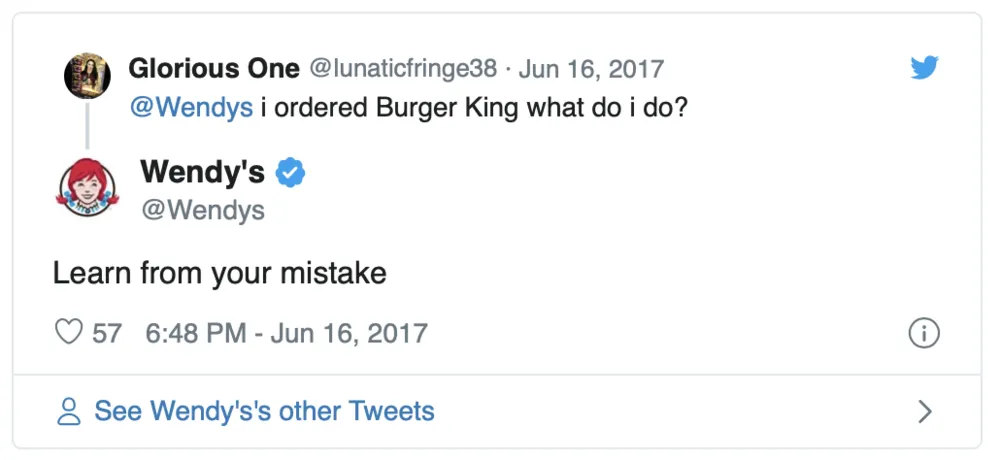

Wendy’s, a fast-food chain, gained attention with its witty and humorous responses on Twitter. They partnered with Twitter influencers known for their comedic style to engage in playful banter and promote Wendy’s menu items. The campaign went viral, generating massive brand awareness and positioning Wendy’s as a brand with a distinct personality.
GoPro x Adventure Influencers
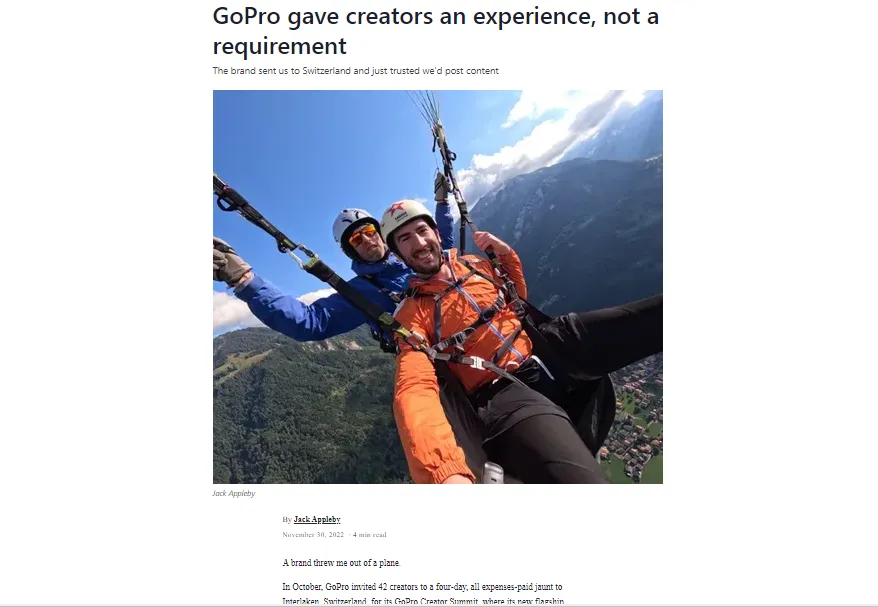

GoPro, a manufacturer of action cameras, collaborated with adventure influencers who captured and shared their thrilling experiences using GoPro cameras. These influencers showcased their adrenaline-pumping activities like skydiving, surfing, and mountain climbing, emphasizing the high-quality footage captured by GoPro cameras. The campaign highlighted the brand’s product capabilities and inspired others to embrace adventurous lifestyles.
Daniel Wellington x Influencers
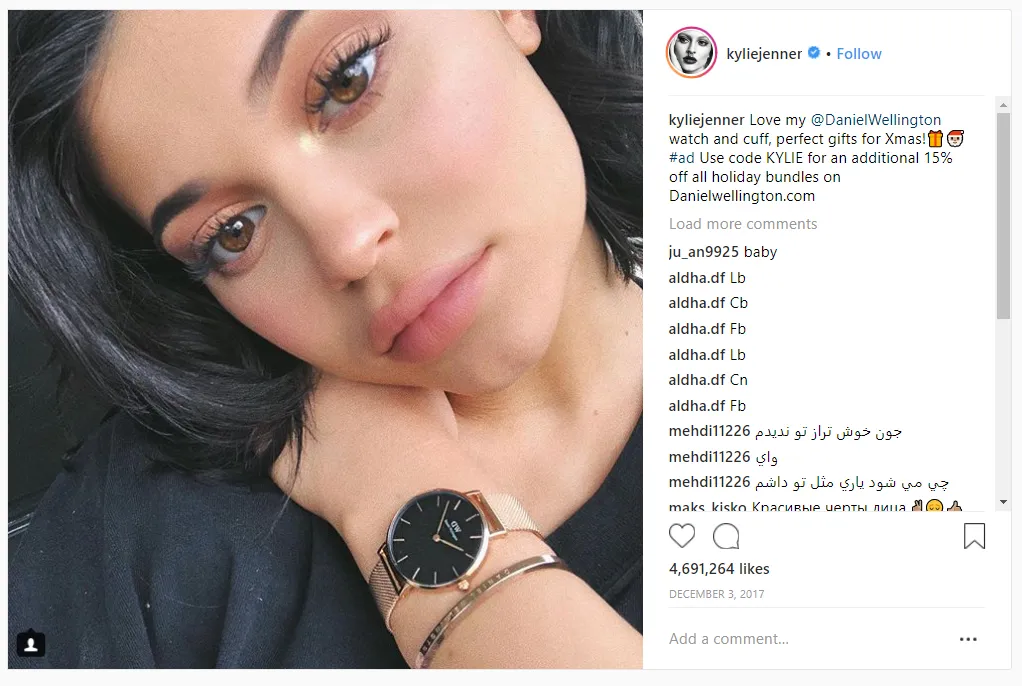

Daniel Wellington, a watch brand, collaborated with numerous fashion and lifestyle influencers to promote their watches on social media. Influencers posted photos wearing Daniel Wellington watches and shared discount codes with their followers. This campaign generated significant brand awareness and drove sales growth for Daniel Wellington, leveraging the influencers’ large and engaged audiences.
The Synergy of Native Advertising and Influencer Marketing
When native advertising and influencer marketing are combined, they create a powerful synergy that amplifies the reach and impact of both strategies. By incorporating native ads within influencer-generated content, brands can leverage the authenticity of influencers while delivering a seamless and non-disruptive brand message.
The combination of native advertising and influencer marketing offers several advantages:
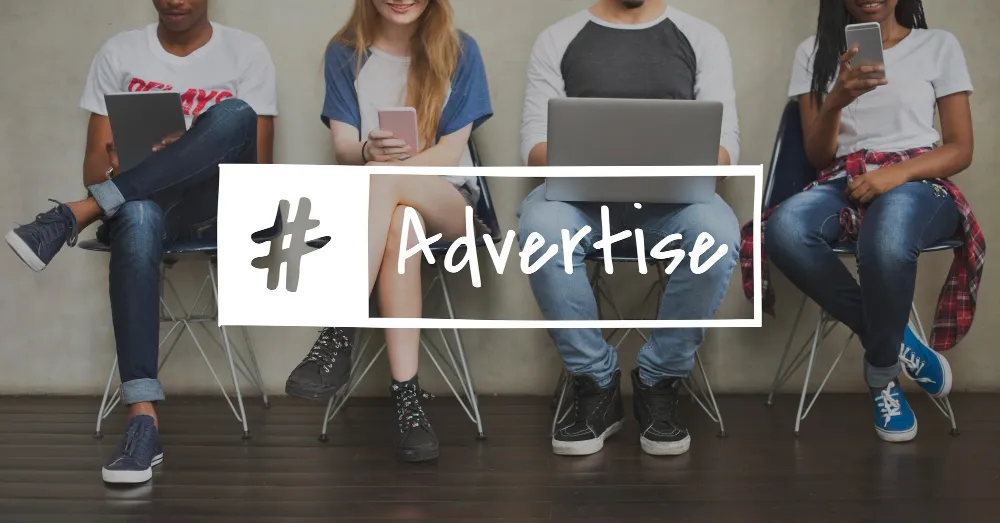

Enhanced Credibility
Native ads within influencer content appear more organic and authentic, enhancing the credibility and trustworthiness of the brand message.
Increased Engagement
As native ads are seamlessly integrated into the influencer’s content, they are more likely to capture the attention and engagement of the audience, leading to higher click-through rates and conversions.
Expanded Reach
Influencers have a dedicated following, and their content often reaches a wide audience. By incorporating native ads into influencer campaigns, brands can tap into this existing reach and expose their message to a larger pool of potential customers.
Practical Tips for Combining Native Advertising and Influencer Marketing
Now that we’ve explored successful case studies, it’s time to equip you with practical tips to implement this winning combination in your own campaigns. Here are some actionable suggestions to maximize the impact of native advertising and influencer marketing synergy:


Identify the Right Influencers
Conduct thorough research to find influencers who align with your brand values, target audience, and industry. Look for influencers who have demonstrated an authentic and engaged following.
Seamless Integration
Work closely with influencers to ensure the native ads are seamlessly integrated into their content. This will help maintain the trust and authenticity of the influencer’s voice while promoting your brand message.
Focus on Relevance
Ensure that the native ads and influencer content align with your brand story and campaign objectives. The content should resonate with the target audience and provide value to their experience.
Track and Measure
Utilize robust tracking and analytics tools to measure the performance of your campaigns. Monitor engagement metrics, click-through rates, conversions, and other relevant indicators to optimize your strategies.
The Future of Native Advertising and Influencer Marketing
As we look ahead, it’s important to consider the evolving landscape of native advertising and influencer marketing. Here are some key trends and future possibilities to keep an eye on:
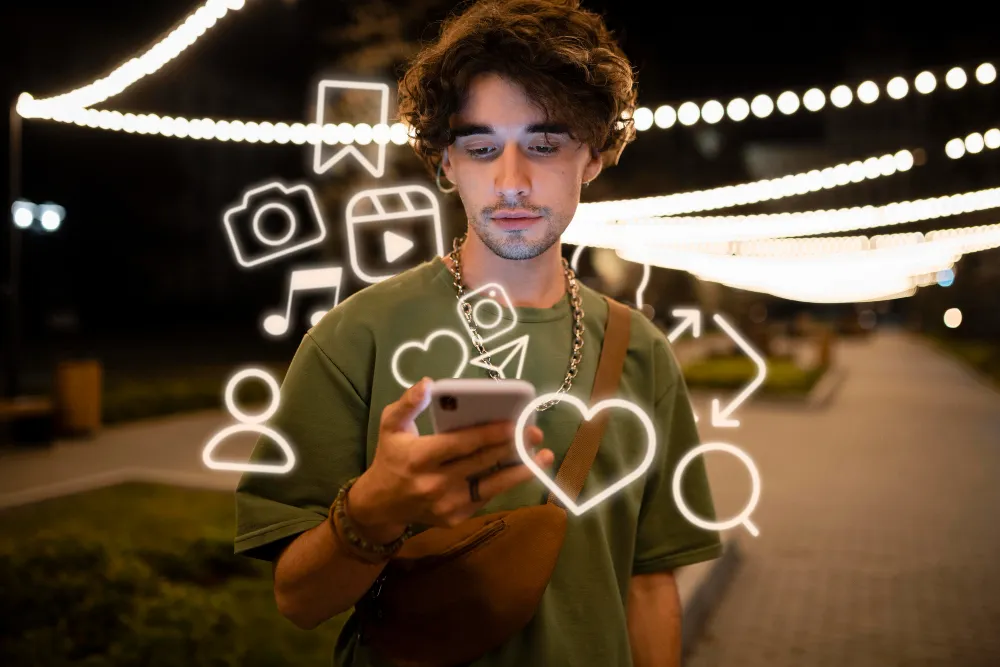

Authenticity and Transparency
Consumers are increasingly demanding authenticity and transparency from brands and influencers. Future strategies should focus on building genuine connections, maintaining transparency, and fostering long-term relationships with influencers.
Micro-Influencers and Niche Markets
The rise of micro-influencers, who have smaller but highly engaged audiences, opens up new opportunities for brands to target specific niche markets. Future campaigns may involve collaborating with micro-influencers to reach highly targeted and passionate communities.
Video Content Dominance
Video content continues to dominate social media platforms, and this trend will likely continue in the future. Brands should explore incorporating native video ads within influencer content to capture the attention of their target audience.
Advanced Targeting and Personalization
With advancements in data analytics and technology, native advertising and influencer marketing can become more personalized and targeted. Brands can leverage data insights to deliver tailored content to specific audience segments.
Coca-Cola’s Personalized Packaging
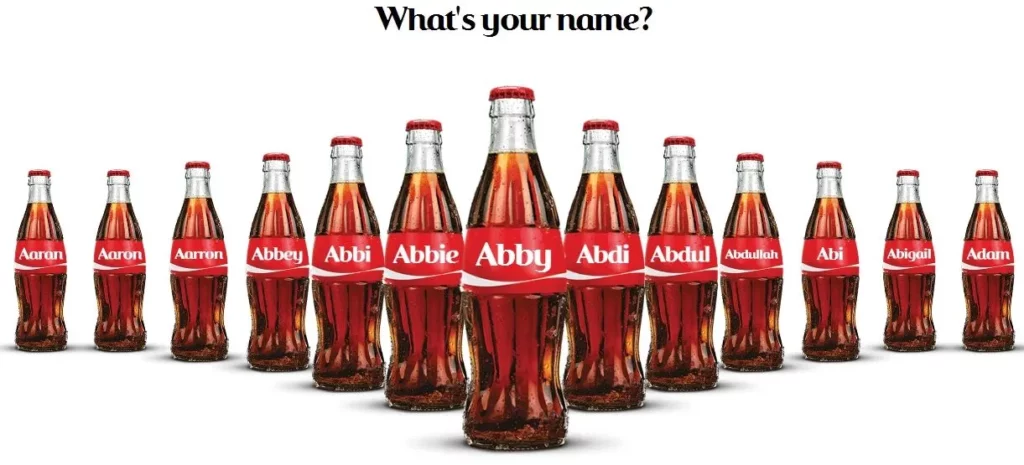

Innovation: Coca-Cola introduced personalized packaging by printing individual names on their bottles and cans, leveraging personalization as a marketing strategy.
Success and Potential: This campaign generated a significant buzz on social media, with people sharing pictures of their personalized Coca-Cola bottles. It showcased the potential of personalized marketing and the impact it can have on brand engagement and customer loyalty.
Spotify’s AI-Generated Playlists
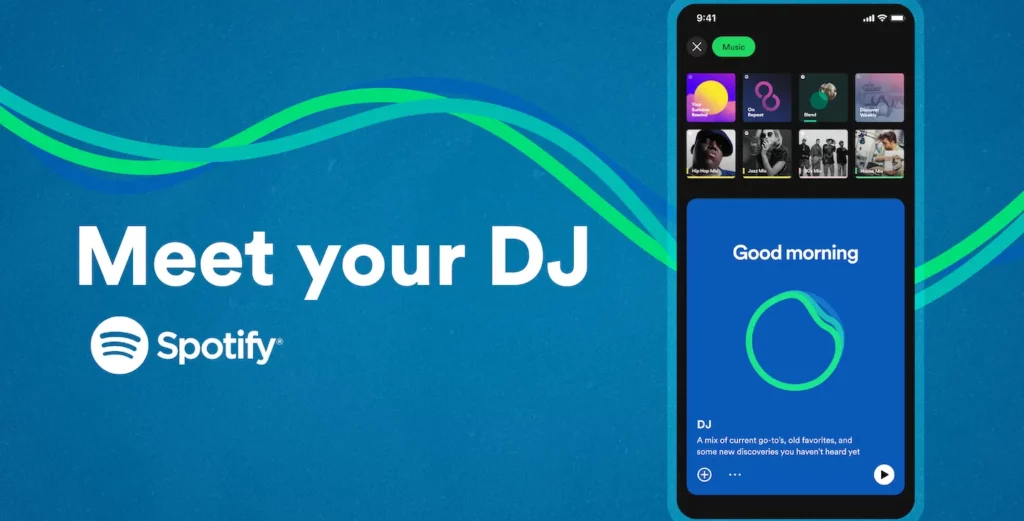

Innovation: Spotify uses AI algorithms to curate personalized playlists for its users based on their listening habits and preferences.
Success and Potential: By leveraging AI technology, Spotify delivers customized music recommendations to its users, enhancing the user experience and keeping them engaged on the platform. This innovation highlights the potential of AI-driven personalization in delivering tailored content to consumers.
Sephora’s Virtual Try-On
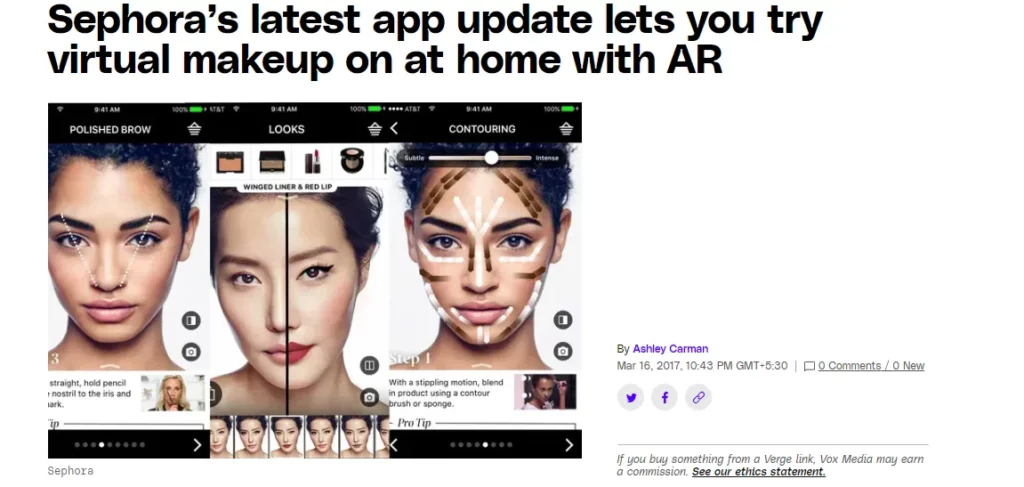

Innovation: Sephora introduced a virtual try-on feature on its mobile app, allowing users to virtually try different makeup products using augmented reality (AR) technology.
Success and Potential: This innovation revolutionized the beauty industry by enabling customers to see how products would look on them without physically trying them. It enhances the online shopping experience, increases confidence in purchase decisions, and showcases the potential of AR in driving customer engagement and sales.
Amazon’s Voice Shopping with Alexa
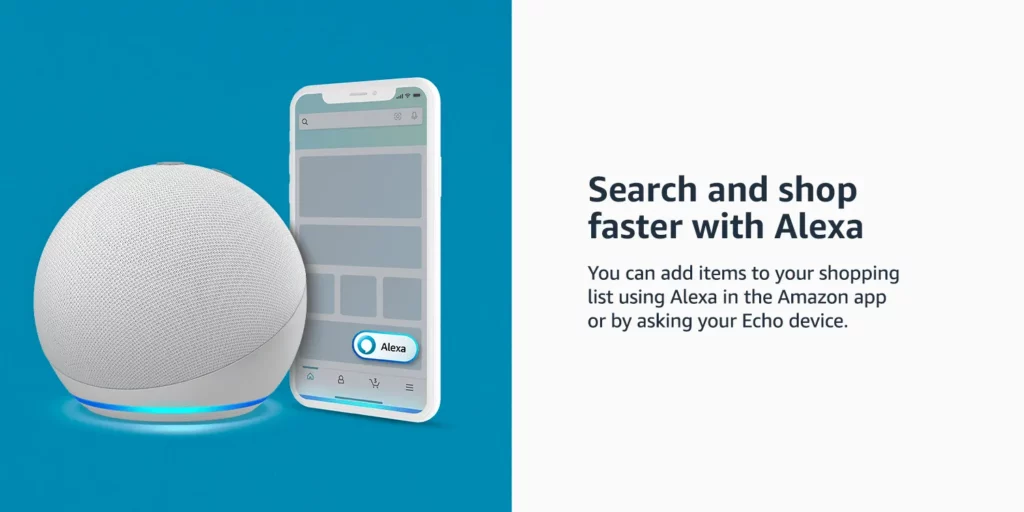

Innovation: Amazon introduced voice shopping through its virtual assistant, Alexa, allowing customers to make purchases using voice commands.
Success and Potential: Voice shopping has simplified the purchasing process for customers, making it more convenient and seamless. It showcases the potential of voice-enabled technology in transforming the way people shop and interact with brands.
Nike’s Sneaker Customization
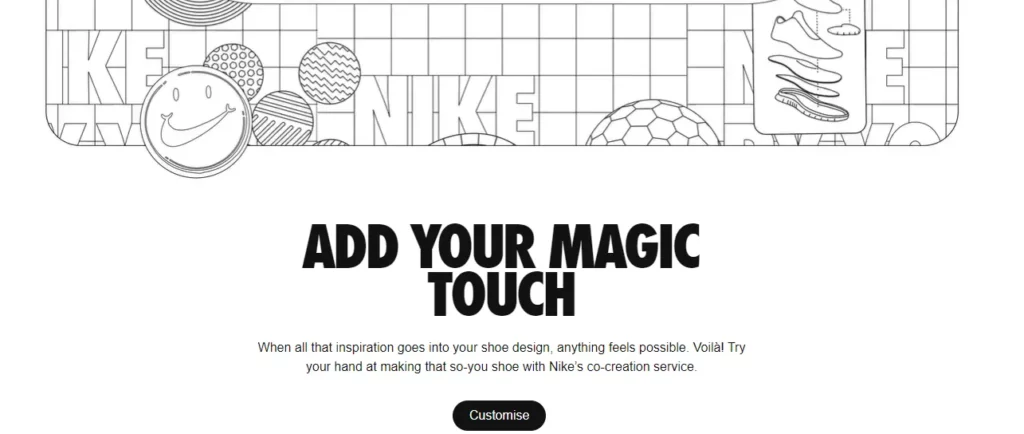

Innovation: Nike offers a sneaker customization service, allowing customers to design their own shoes by selecting colors, materials, and personalized details.
Success and Potential: Nike’s sneaker customization service taps into the growing demand for personalized products and unique experiences. It demonstrates the potential of customization and co-creation in building brand loyalty and driving customer satisfaction.
Conclusion
In conclusion, the combination of native advertising and influencer marketing can yield remarkable results for brands in today’s digital landscape. By leveraging the power of native ads and the influence of trusted influencers, brands can effectively engage their target audience, build brand awareness, and drive conversions.
To maximize the impact of this winning combination, it’s crucial to identify the right influencers, ensure seamless integration, focus on relevance, and track and measure the performance of your digital advertising campaigns. As the future unfolds, embracing authenticity, leveraging micro-influencers, incorporating video content, and embracing advanced targeting and personalization will be key.
Remember, Neuroimpakt is here to help you navigate the dynamic world of native advertising and influencer marketing. Contact us today to craft your own highly impactful campaigns and drive your brand’s success and discuss how Neuroimpakt can elevate your native advertising and influencer marketing strategies for maximum impact and growth.
